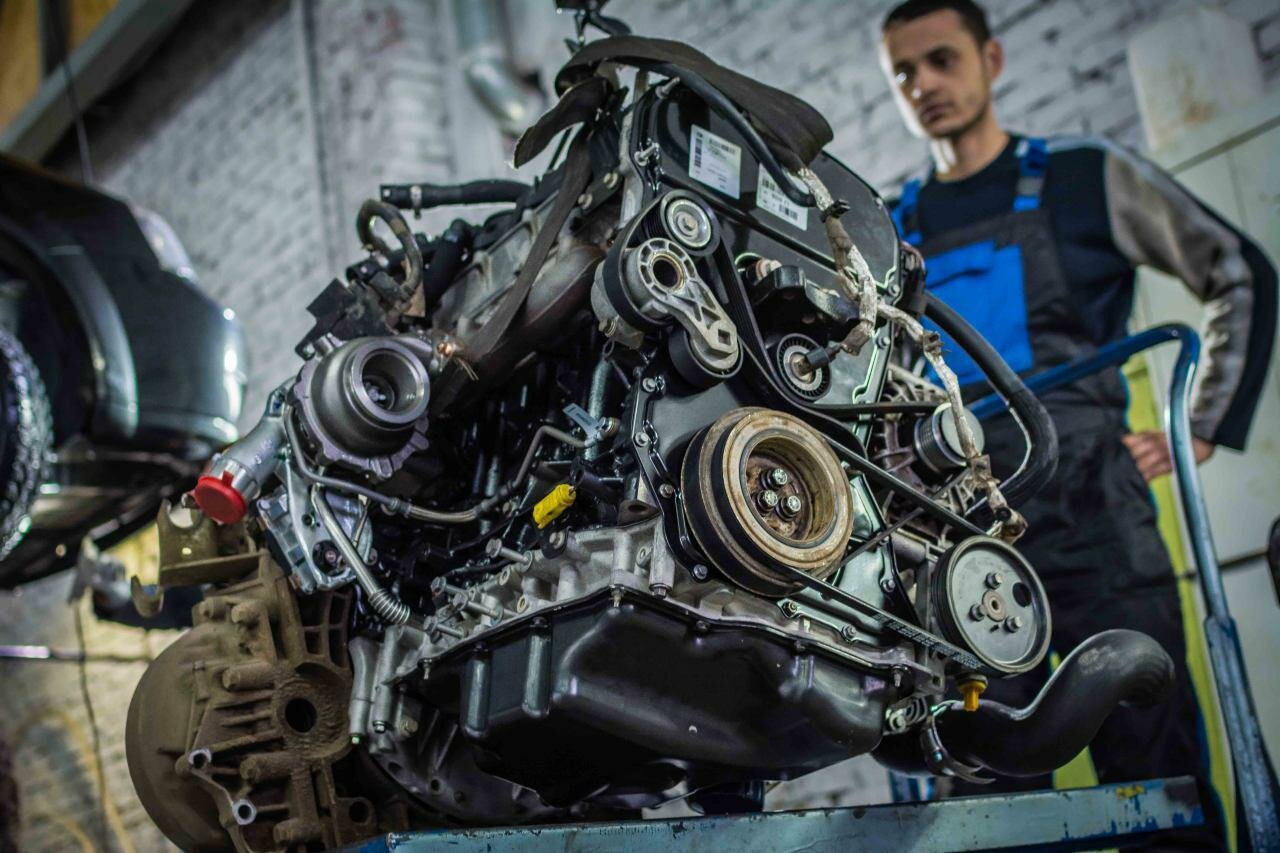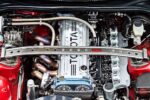Chevy 3.6 V6 Engine Overview
A Brief History
The Chevy 3.6 V6 engine, part of General Motors’ family of engines, has been a staple in various Chevrolet models since its introduction in the mid-2000s. This engine was designed to provide a balance of power and efficiency, making it a popular choice for vehicles ranging from sedans to SUVs. Over the years, it has been utilized in models such as the Chevrolet Malibu, Traverse, and Camaro, showcasing its versatility across different segments.
The 3.6-liter V6 engine features a DOHC (Dual Overhead Camshaft) design and is known for its direct fuel injection technology, which enhances fuel efficiency and performance. With a power output typically ranging from 250 to 300 horsepower, it has been well-regarded for delivering a spirited driving experience. However, as with any engine, the 3.6 V6 has not been without its share of problems.
While many owners have enjoyed reliable performance, a significant number have reported issues that can lead to costly repairs and safety concerns. Understanding these problems is crucial for current and prospective owners. This article delves into the common issues associated with the Chevy 3.6 V6 engine, providing a candid look at what to expect and how to address potential pitfalls.
Common Issues with the Chevy 3.6 V6 Engine
The Chevy 3.6 V6 engine has garnered a reputation for both performance and reliability. However, several recurring problems have emerged over the years that can significantly affect its longevity and functionality. Understanding these issues is essential for owners and potential buyers alike.
1. Timing Chain Problems
One of the most notorious issues with the Chevy 3.6 V6 engine is related to the timing chain. Unlike timing belts, timing chains are designed to last longer, but they can still stretch or wear out over time. Symptoms of timing chain problems include:
- Rattling noise from the engine, especially during startup
- Check engine light activation
- Engine misfires or rough idling
If not addressed, a failing timing chain can lead to catastrophic engine failure, resulting in costly repairs.
2. Oil Consumption Issues
Another significant concern is excessive oil consumption. Many owners have reported that their Chevy 3.6 V6 engines consume oil at an alarming rate. This can lead to:
- Low oil levels, which can cause engine wear
- Potential engine damage if not monitored
- Increased emissions and potential failure to pass emissions tests
Regular oil checks and changes are crucial to mitigate this issue.
3. Water Pump Failures
Water pump failures are also common in the Chevy 3.6 V6 engine. A malfunctioning water pump can lead to overheating, which poses a serious risk to engine integrity. Signs of a failing water pump include:
- Coolant leaks under the vehicle
- Overheating engine temperature gauge
- Unusual noises from the front of the engine
Ignoring these symptoms can lead to severe engine damage.
4. Cylinder Head Gasket Leaks
Cylinder head gasket leaks are another issue that can plague the Chevy 3.6 V6 engine. This problem can result in coolant mixing with engine oil, leading to:
- Overheating
- White smoke from the exhaust
- Loss of engine power
Timely detection and repair of head gasket leaks are vital to avoid extensive engine damage.
5. Fuel Injector Problems
Fuel injectors in the Chevy 3.6 V6 engine can become clogged or fail, leading to poor engine performance. Symptoms include:
- Decreased fuel efficiency
- Rough idling or stalling
- Check engine light illumination
Regular maintenance and cleaning can help prevent fuel injector issues.
Top views |
|
|---|---|
 |
Oil, Timing Chains, Pistons: What Really Kills an Engine Prematurely? |
 |
How to Choose a Car with a Reliable Engine: Used Car Market Hacks That Actually Work |
Symptoms and Consequences
Below is a table summarizing the symptoms and potential consequences of the common problems associated with the Chevy 3.6 V6 engine:
| Problem | Symptoms | Consequences |
|---|---|---|
| Timing Chain Problems | Rattling noise, misfires | Catastrophic engine failure |
| Oil Consumption Issues | Low oil levels, increased emissions | Engine wear, potential engine damage |
| Water Pump Failures | Coolant leaks, overheating | Severe engine damage |
| Cylinder Head Gasket Leaks | Overheating, white smoke | Extensive engine damage |
| Fuel Injector Problems | Decreased efficiency, rough idling | Poor engine performance |




0 Comments